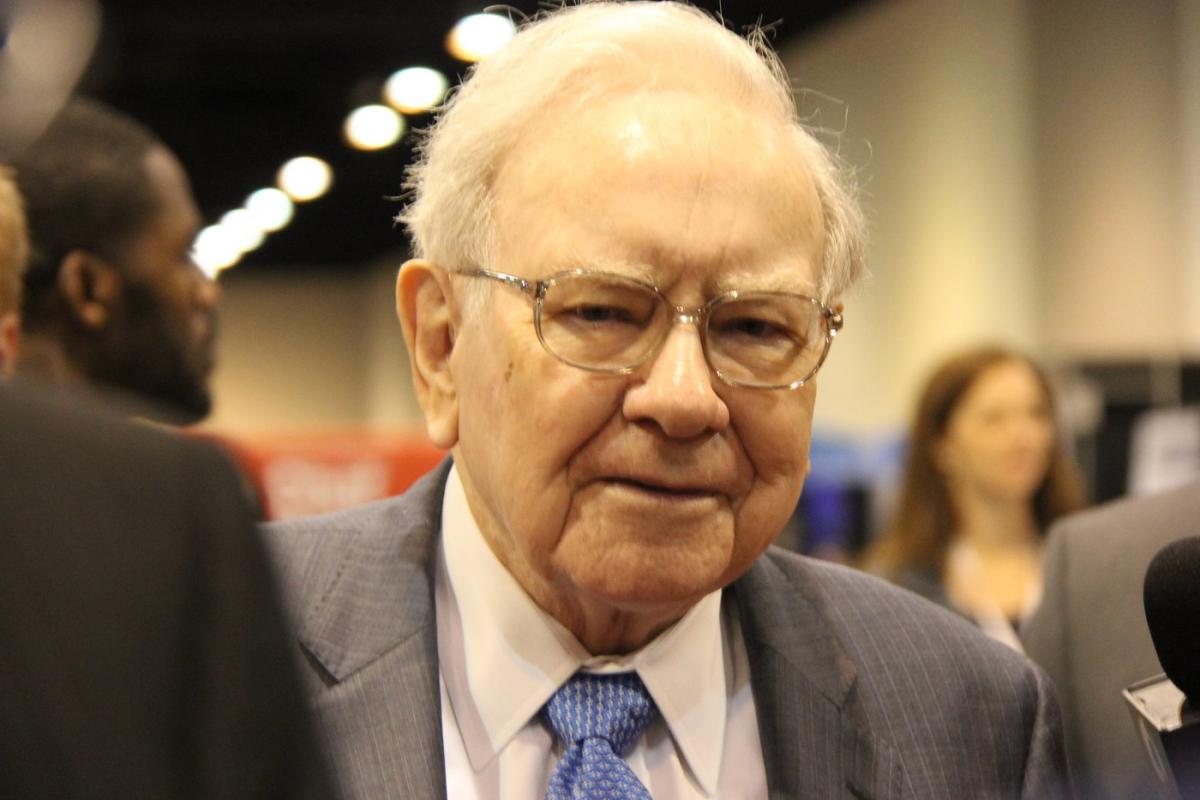“The Stand Up Strike was just the beginning. The UAW is back to setting the standard. Now, we take our strike muscle and our fighting spirit to the rest of the industries we represent, and to millions of nonunion workers ready to Stand Up and fight for a better way of life,” Fain said in a statement Monday.
The vote was overwhelmingly in favor of the contracts among workers at Ford and Stellantis, but it was closer for General Motors union workers. Five large GM plants voted against the deal last week, with some veteran workers voicing opposition about receiving a lower raise relative to others.
The contracts come after a long period of worker wages not keeping up with inflation, and after the union gave up some of its benefits around the time of the Great Recession, when the automakers were struggling to survive. The union managed to claw back many of those perks in the new deals, including restoring regular cost-of-living wage adjustments to offset inflation. And it fought to reopen a large Stellantis factory in Belvidere, Ill.
Some workers said they were disappointed that the union could not get the automakers to reinstate defined-benefit pensions and retiree health care for all workers. But the contracts do boost the companies’ contributions to 401(k) accounts to equal 10 percent of a worker’s wages. They also offer more paid time off and give workers the right to strike over any plant closures during the life of the contract — a right the UAW views as important to protecting jobs.
The UAW gains come amid a year of heightened strike activity and workplace activism that has helped workers across several U.S. industries win lucrative new contracts. Fueled by a tight labor market, two years of high inflation and resurgent enthusiasm for unions, workers are striking in elevated numbers this year and reaping big gains for their pocketbooks.
Across the strikes, a common theme has been a push to lift the pay of the lowest-paid workers at each company. The UAW deals won raises of at least 25 percent for the highest-paid workers, to more than $40 an hour, and gains of up to 160 percent for the lowest-paid, who will also reach more than $40 an hour by the end of the contract.
UPS employees threatened a nationwide shutdown and won their strongest contract in decades this summer, getting the company to abolish a lower-paid tier of workers and securing 48 percent raises for part-time workers over five years. About 75,000 Kaiser health-care workers won hardy wage increase, while striking Hollywood actors won the biggest increase in minimum wages in 40 years.
The UAW began its strike in a targeted fashion on Sept. 15, initially shutting down just one factory at each company. It broadened the work stoppage over time to include dozens of auto-parts warehouses and several additional factories, including vital plants that make some of the companies’ most profitable pickup trucks and SUVs.
Ford Chief Executive Jim Farley welcomed the ratification, saying the automaker is “very happy for our more than 57,000 UAW-represented employees and their families. Ford believes in rewarding all of our people and growing the middle class in America — and we have shown that with our actions over many years.”
Ford is on track to reach full production again at its factories in the coming days and will have to find ways to cut costs to offset the higher labor tab, Farley said. “The reality is that this labor agreement added significant cost, and we are going to have to work very hard on productivity and efficiency to become more competitive,” he said.
Stellantis’s top executive in North America, Mark Stewart, said the company will turn its attention to launching eight new electric vehicles in the United States next year.
GM Chief Executive Mary Barra said the deal “rewards our employees, protects the future of the business and allows us to continue to provide good jobs in communities across the U.S.”

Jessica Roberts is a seasoned business writer who deciphers the intricacies of the corporate world. With a focus on finance and entrepreneurship, she provides readers with valuable insights into market trends, startup innovations, and economic developments.







